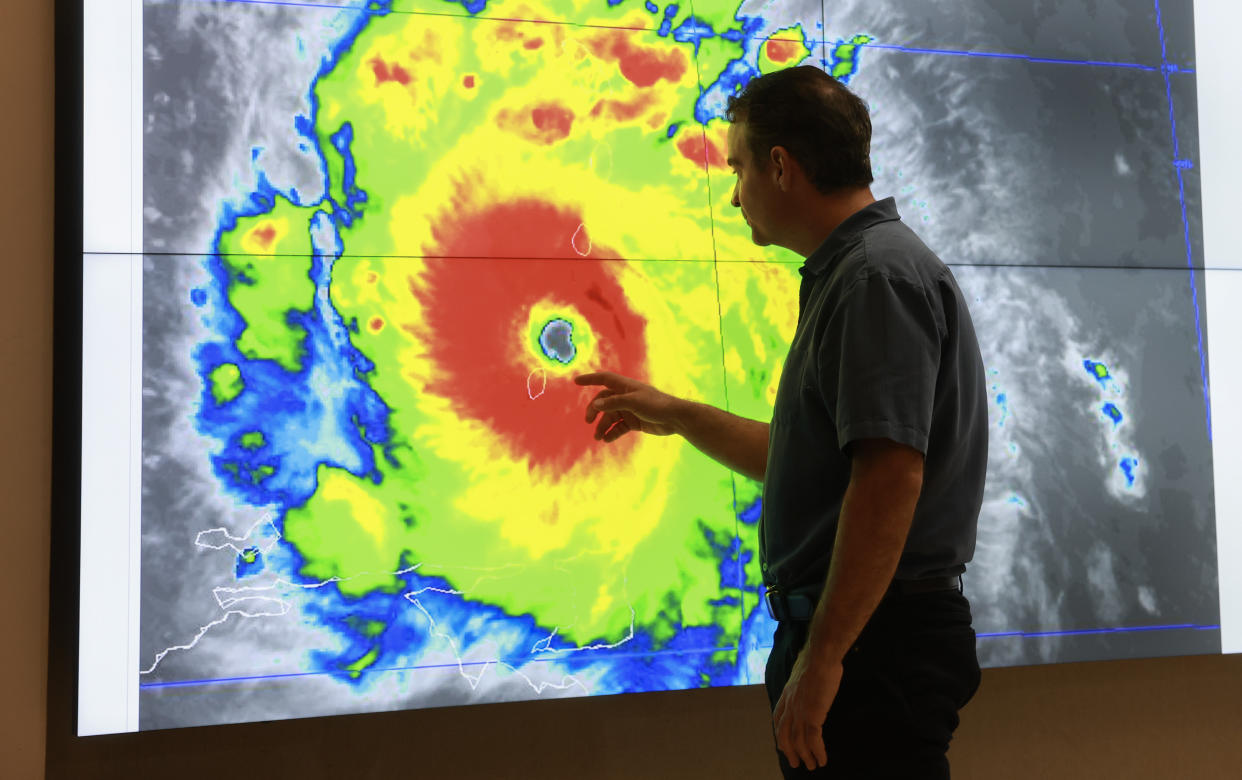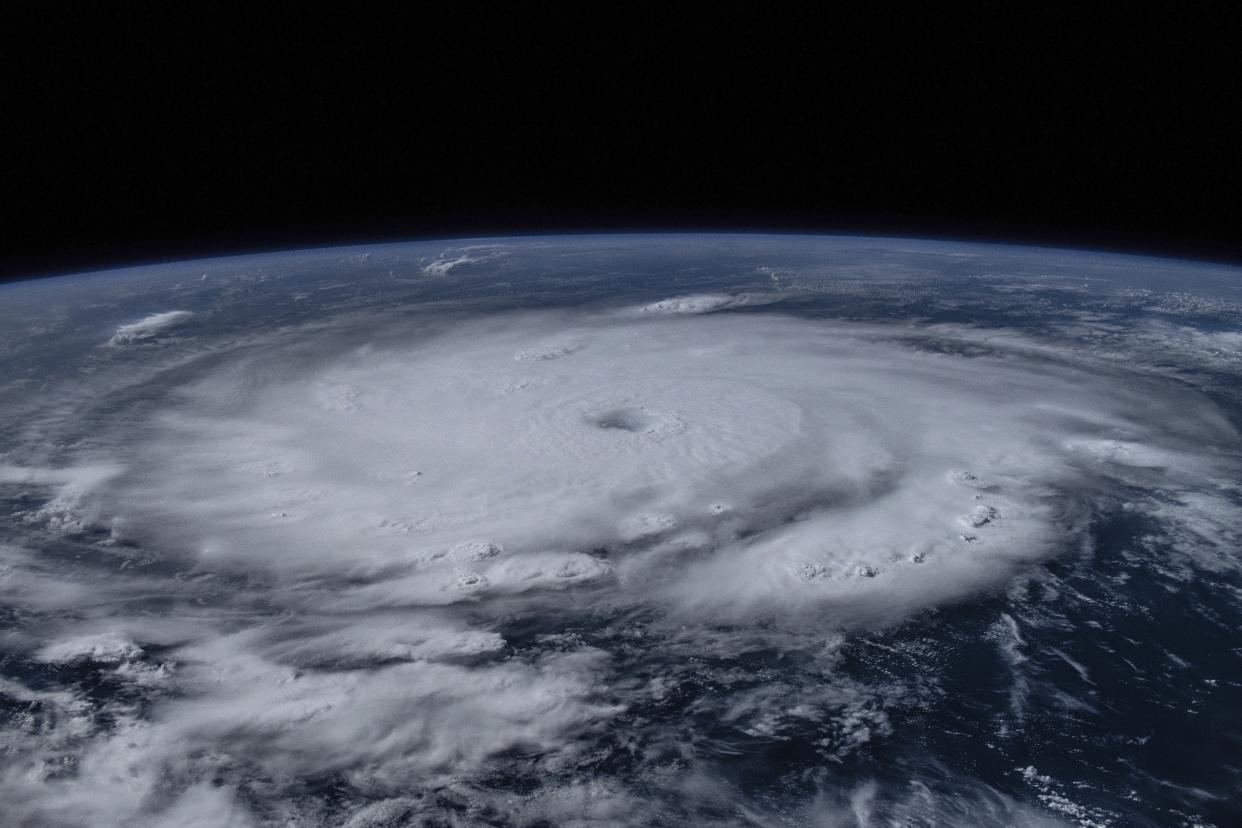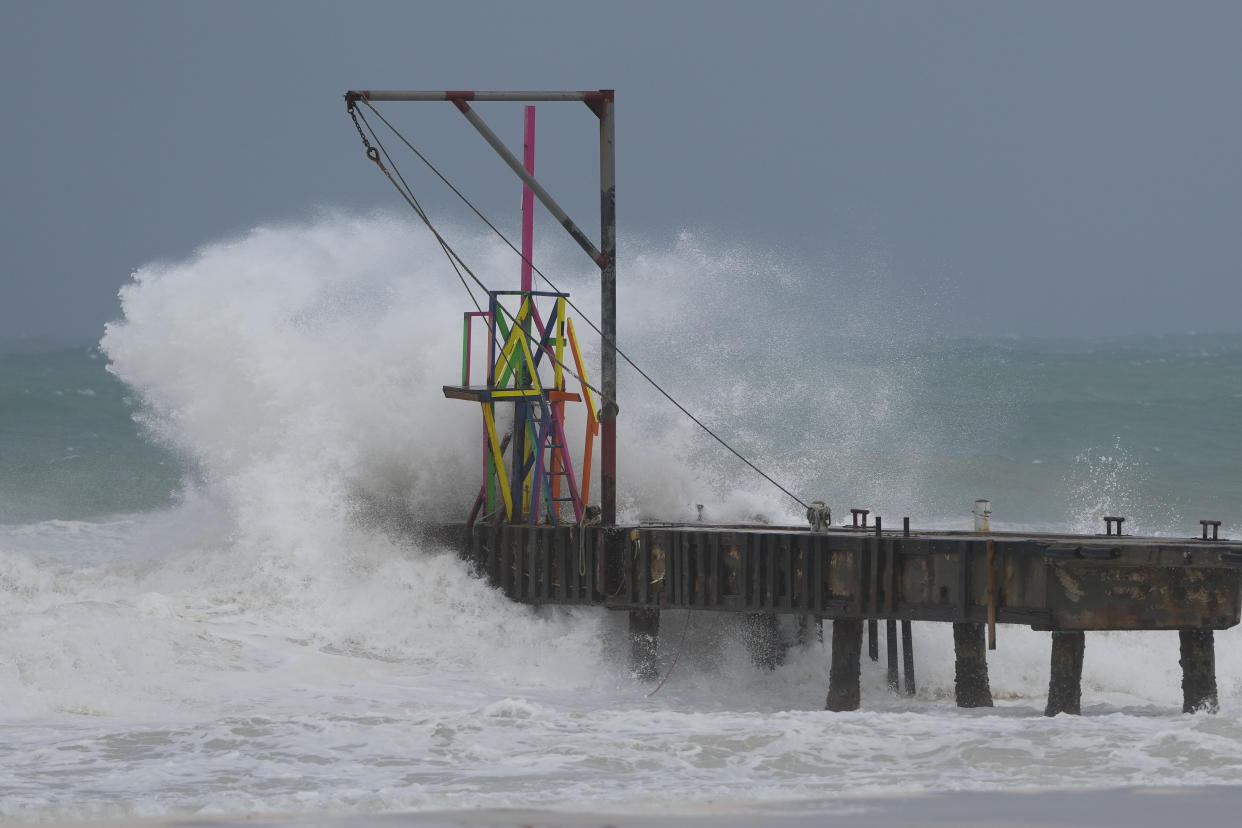Why Hurricane Beryl's 'insane' intensification has experts worried

Hurricane Beryl is expected to bring life threatening winds and storm surge to Jamaica Wednesday, after ripping across islands in the southeast Caribbean, killing at least six people.
Beryl, which on Monday became the earliest Atlantic hurricane to reach the Category 5 level, has since been downgraded to a Category 4. It is both the earliest Category 4 and Category 5 storm on record in the Atlantic.
“The only other major hurricane to pass within 100 miles of where #Beryl is on Monday morning was Ivan in September 2004, and that was at Category 3 intensity,” Brian McNoldy, senior researcher on hurricanes, climatology and sea level rise at the University of Miami, wrote Monday in a post on X. “These islands have no experience with a Category 4 hurricane in recorded history.”
A historic storm

In fact, Beryl became the first Category 4 storm to form in the month of June in the Atlantic basin, and it strengthened in the shortest amount of time on record. On Monday night, it became the earliest Category 5 storm seen in the Atlantic Ocean.
“This is the fastest rate of strengthening ever observed in the satellite era (since 1966) for June,” Michael Lowry, meteorologist at WPLG in Miami, said, adding that Beryl “took just 42 hours to go from a tropical depression to a Category 3 storm.”
Avery Tomasco, meteorologist at CBS in Austin, Texas, joined a chorus of professionals who marveled over how quickly the storm had strengthened.
“Insane to see that kind of rapid intensification in JUNE,” he wrote in a post on X. Hurricane season begins on June 1 and lasts until Nov. 30, but the strongest storms usually don’t form until later in the season.
Hurricane intensification and climate change

While there is no concrete evidence to show that climate change is causing an increase in the number of hurricanes each year, numerous studies have linked rising global temperatures to a shortening of the time it takes hurricanes to ramp up into monster storms like Beryl. A 2024 study published in Nature found that average maximum intensification rates for tropical cyclones increased by 28.7% from the period between 1971 and 1990 to that between 2001 and 2020.
Record ocean temperatures

Through April, temperatures in the world’s oceans obliterated heat records for 13 straight months.
“It’s not just that it was a consecutive string of 421 days,” McNoldy told Scientific American. “But for so much of that time, it was breaking the records by a lot — not even close.”
That record hot streak, which threatens coral reefs and increases humidity, comes on top of decades in which ocean temperatures have risen due to the buildup of greenhouse gases in the Earth’s atmosphere.
That warming, studies have shown, is helping to intensify hurricanes.
2024 hurricane forecast
In its seasonal forecast, NOAA has predicted a total of between 17 and 25 named storms in 2024, with between four and seven expected to become major hurricanes Category 3 or higher.
Colorado State University, which issues its own annual tropical cyclone prediction, estimates that the world will see 23 named storms this season, 11 of which will become major hurricanes.
With Beryl’s record-breaking performance at the start of July, many experts are bracing for what’s yet to come.
“This is a massive warning sign for the rest of the season,” Steve Bowen, chief science officer at the reinsurance broker Gallagher Re, wrote in a post on X.


